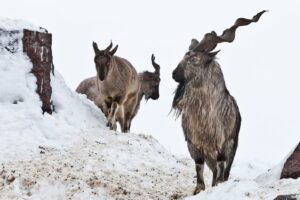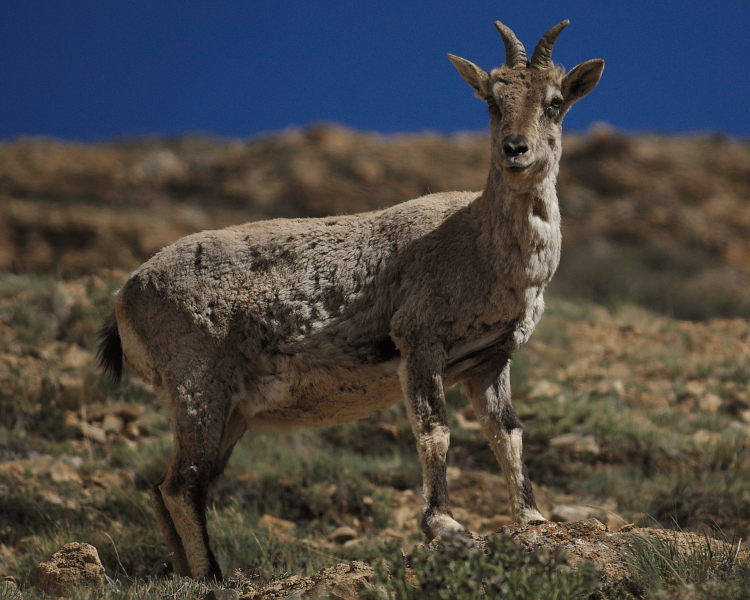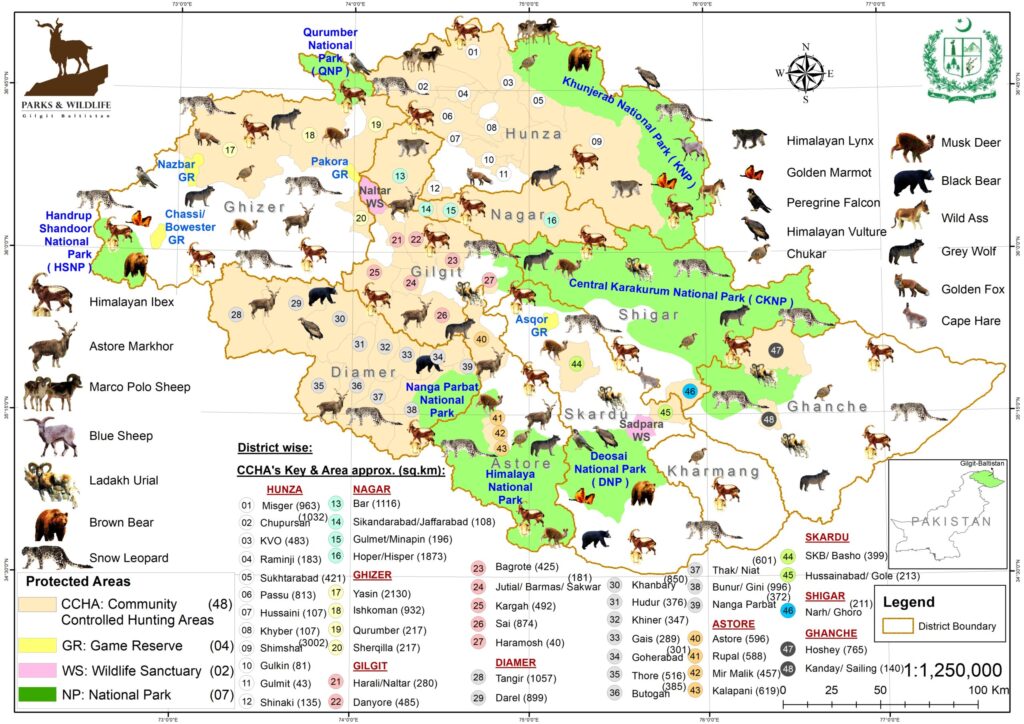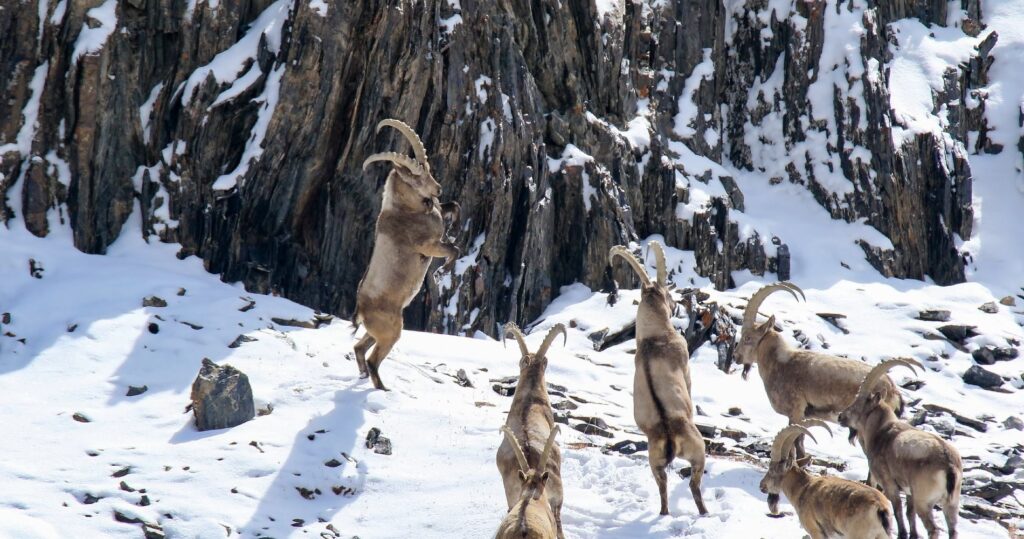Trophy Hunting in Gilgit Baltistan: Ethical Practices and Benefits

Trophy hunting in Gilgit Baltistan is a contentious yet intriguing topic. This region, located in northern Pakistan, is known for its rich biodiversity and gorgeous vistas. Trophy hunting programs have been created to conserve animals while also benefiting local people. These programs draw hunters from all around the world looking for uncommon game species such as the markhor, ibex, and blue sheep. However, the procedure has sparked ethical arguments and concerns about its long-term consequences. By examining its benefits and drawbacks, this article aims to provide a clear understanding of this complex issue.
Understanding the Basics
What is Trophy Hunting?
Trophy hunting is the selective hunting of animals, often targeting older males with large antlers or horns. In Gilgit Baltistan, the practice is carried out in accordance with government-mandated initiatives aimed at sustainable wildlife management. It is not just about hunting, but also about protecting animals and their habitats. These hunts generate significant cash, which is used to fund conservation efforts.
Why is Trophy Hunting Important in the Region?
Gilgit Baltistan is home to some of the world’s unique and endangered species. Habitat degradation, poaching, and climate change all pose risks to this area’s unique biodiversity. Trophy hunting in Gilgit Baltistan solves these issues through financial incentives for conservation. For example, a major amount of hunting fees goes directly to local communities. This money motivates locals to safeguard wildlife rather than hunt it illegally. Furthermore, the approach seeks to achieve a balance between environmental and human concerns, so promoting long-term coexistence.
Features and Functionalities
Overview of Trophy Hunting Programs
Trophy hunting programs in Gilgit Baltistan are carefully designed and monitored. Each year, the government collaborates with conservation organisations to award a restricted number of permits. The permits are intended to mitigate species specific issues such as overpopulation or exceeding their ecological carrying capacity. Strict standards guarantee that only ageing or non-breeding animals are hunted, reducing the impact on the population.
Step-By-Step Process
- Permit Issuance: Hunters must get a permit, which is typically obtained through auctions with proceeds going toward conservation initiatives.
- Hunting Season: Hunts are conducted during specified seasons to prevent disturbing mating cycles or other vital periods.
- Guided Hunts: Local guides accompany hunters, ensuring compliance with legislation and promoting ethical behaviour.
- Revenue Distribution: A significant portion of the hunting fees are reinvested in community welfare and environmental initiatives.

Benefits and Challenges
One of the major pros of trophy hunting is its capacity to generate substantial income for conservation and development. In Gilgit Baltistan, the approach has resulted in the recovery of some endangered species. For example, the markhor population, which was formerly critically low, has experienced a spectacular recovery. However, trophy hunting is not without difficulties. Critics argue that it may emphasize profits over ecosystem health. Addressing such issues requires transparency and robust regulatory enforcement.
Ethical Concerns of Trophy Hunting in Gilgit Baltistan
When addressing trophy hunting in Gilgit Baltistan, various issues frequently arise. One common challenge is knowing local regulations. Hunters frequently struggle to understand the laws of getting permits. To remedy this, always go to the Gilgit Baltistan Wildlife Department’s official materials or work with approved outfitters.
Another problem is to maintain ethical practices. Critics frequently dispute conservation efforts. To remedy this, it’s critical to understand how trophy hunting fees directly fund animal conservation programs. If you’re not sure where your donations are going, contact your hunting guide or organization for a thorough breakdown.

Comparison of Trophy Hunting By Region
To better comprehend trophy hunting in Gilgit Baltistan, consider comparing it to similar programs elsewhere. For example, Africa’s hunting tourism is frequently viewed as overly commercialised, with impacts for local species. In contrast, Gilgit Baltistan’s approach prioritizes sustainable methods and community involvement.
Furthermore, the region’s rugged geography creates a distinct obstacle. Unlike the African plains, the high slopes of Gilgit Baltistan need physical endurance and specialized expertise. This distinguishes it as a destination for seasoned hunters looking for more than just a trophy.
When weighing the pros of trophy hunting, it’s clear that conservation funding and community empowerment stand out. While debates persist, it is critical to assess how effectively the local model combines economic rewards and environmental sustainability in comparison to other places.
Practical Applications
Prepare for the best Gilgit Baltistan trophy hunting experience. Research the optimum hunting seasons, usually November–February. Make sure you have the correct gear. The region’s frigid temperature requires durable equipment. Use a knowledgeable guide who knows the area and wildlife. Their experience ensures safety and boosts success. Choose licensed outfitters who prioritize ethical hunting for sustainability. Here are a few practical tips:
- Check permits before your journey to prevent legal issues.
- Engage with local communities to understand the cultural context.
- Take time to appreciate the conservation efforts behind the program.

Conclusion
Overall, trophy hunting in Gilgit Baltistan is serious. A organized program balances wildlife conservation and economic development. Responsible hunting protects endangered animals like the Markhor and supports local livelihoods.
The pros of trophy hunting must be understood. The benefits include conservation money, rural empowerment, and sustainable tourism. Equally crucial are ethical issues and process transparency. Planning any expedition requires preparation, study, and respect for local ecosystems. Your experience can aid sustainable wildlife management by following ethics.
FAQs
It is permitted under stringent conditions to help conservation efforts and local populations.
Hunting permit fees help fund habitat restoration and anti-poaching initiatives.
Markhor, ibex, and blue sheep are common components of the program.
